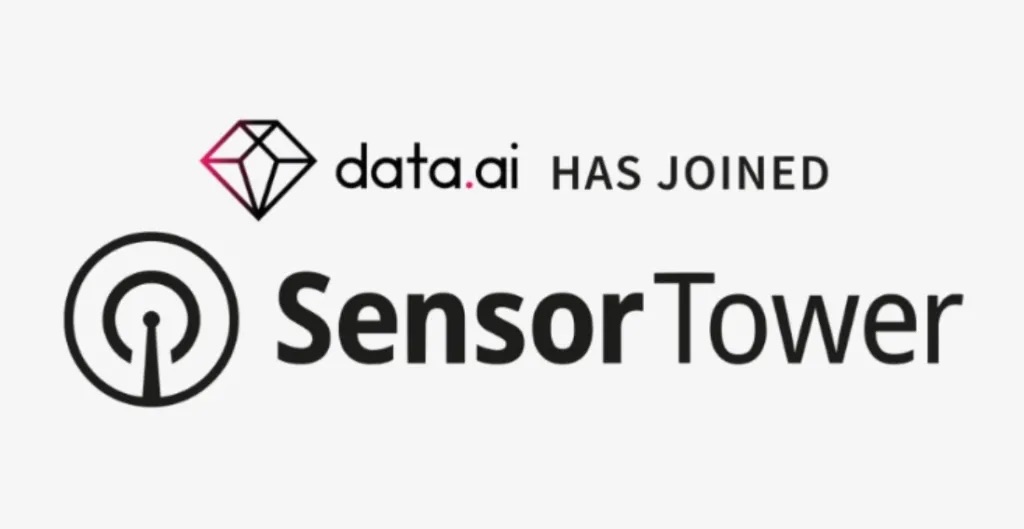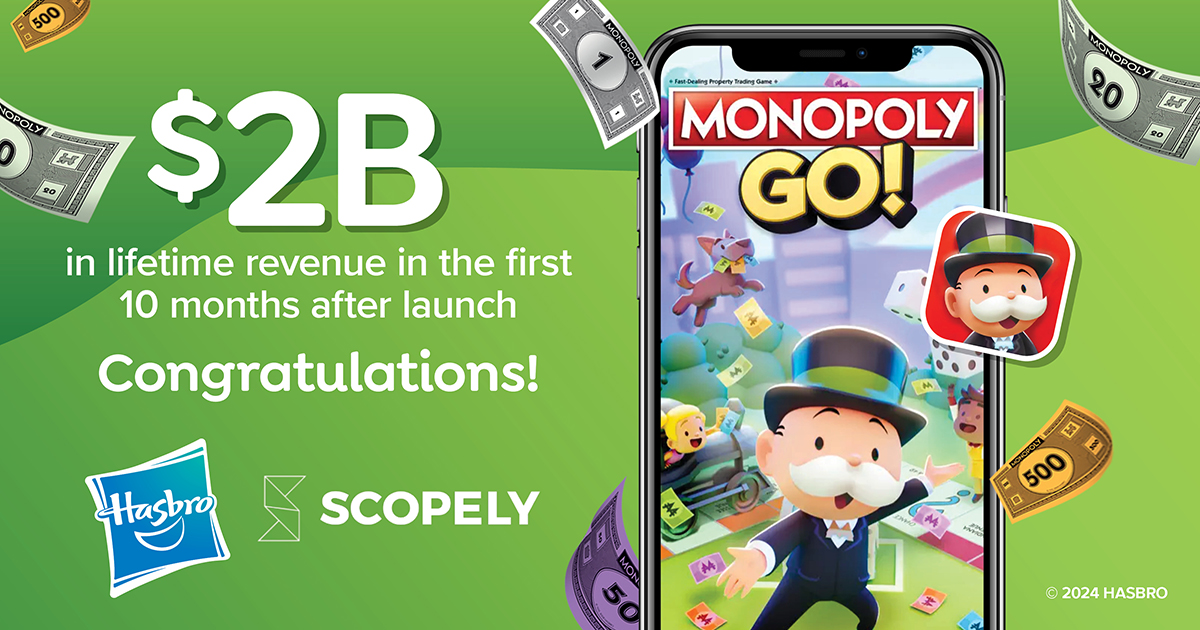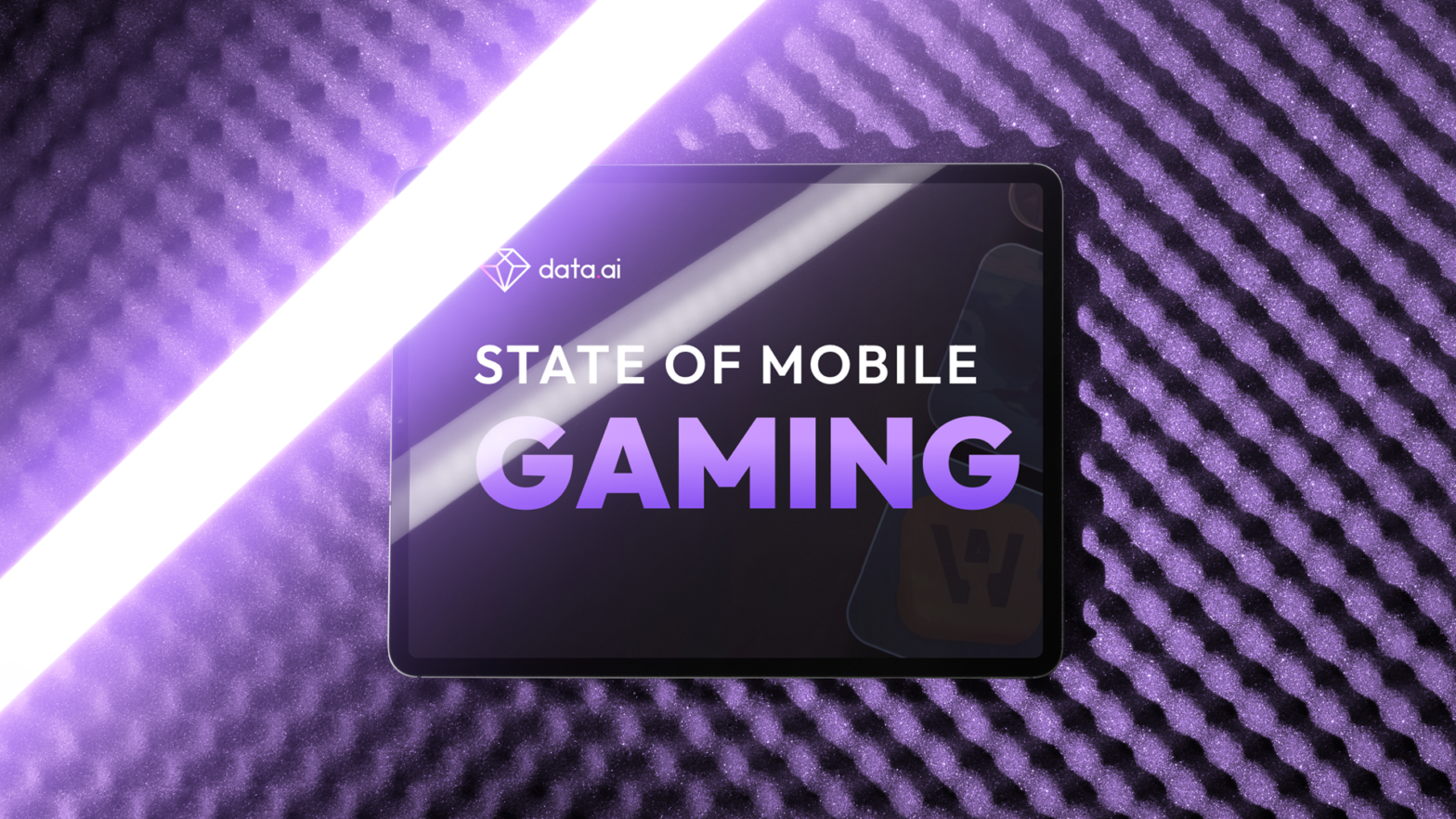In this article, AppMagic explores the topic of ad creatives analysis, a step of the creation process frequently mishandled, leading to drained budgets and disappointing outcomes. To help those new to the field understand why ad creatives are a useful marketing tool and how to amplify their potential advantages, AppMagic invited Mike Kanarek, General Manager of Mobile Game Doctor — a free-to-play games consulting agency, providing guidance to developers across the globe through a network of over 40 domain experts. They offer expertise in game design, product management, portfolio strategy, marketing approach, and team building for free-to-play games on all platforms.
Why is ad creatives analysis an essential step for User Acquisition (UA) teams?
The main objectives of ad creatives are to decrease the Cost Per Install (CPI), making your app more affordable for users to install, and to increase the Lifetime Value (LTV) of users, encouraging them to get back to your app for a longer period.
Marketing visuals, videos, and text often get created based on a gut feeling, with little to no research into the target audience, location, competitor’s methods, or market trends. This approach can result in a higher budget and lower results, which might discourage the team from investing more time into ad creative in the future. However, when used correctly, this advertisement tool can actually be very helpful.
So, to make sure ad creatives do their job, it’s important to do thorough research beforehand. This won’t guarantee a perfect match with your audience, but it will increase your chances of success.
Direct marketing platforms like Unity, Iron Source, and Meta can only offer a certain amount of audience data and insights into competitors’ ad performance. However, business intelligence tools, like the one you offer, can provide a deeper, more comprehensive analysis for those who are ready to invest in better results.
What’s the best starting point for someone new to the realm of ad creatives?
Firstly, I’d say, it’s crucial to pick the tools you plan to use. You could start with basic tools from Facebook or Meta, which are free. They may not provide a wealth of data, but you can observe your competitors’ ads and try to deduce which ones have been the most successful.
If you find these resources lacking, you can always upgrade to paid tools like the AppMagic platform. It offers additional insights into competitors’ ads analysis, such as impressions per ad, network, geographical distribution, trends, and so on.
The key idea here is that if your competitors are consistently investing in a certain type of ad, it’s likely because it’s performing well in terms of CPI, user install quality, IPMs, and other KPIs.
In addition to using ad intelligence to gauge your competitors ads’ performance, you can also use it to see how other factors have worked for them. Factors like product pillars, pop culture references, audience feedback, or even a spontaneous idea from an artist. Knowing how these elements fared in the past can save you time and money on testing when deciding on the foundation for your ad creative.
Read the full article here

842













 2 minutes
2 minutes







 1 minute
1 minute


